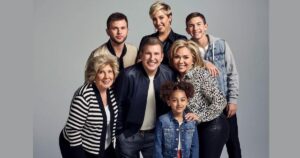Nose piercings are a popular form of body modification that allow personal expression. But there is an ongoing debate about whether nasal piercings are seen as unprofessional in certain settings like the workplace. This article will examine the implications of nose piercings for professional image, how attitudes are evolving, and tips for wearing them respectfully.
What does a nose piercing symbolize?
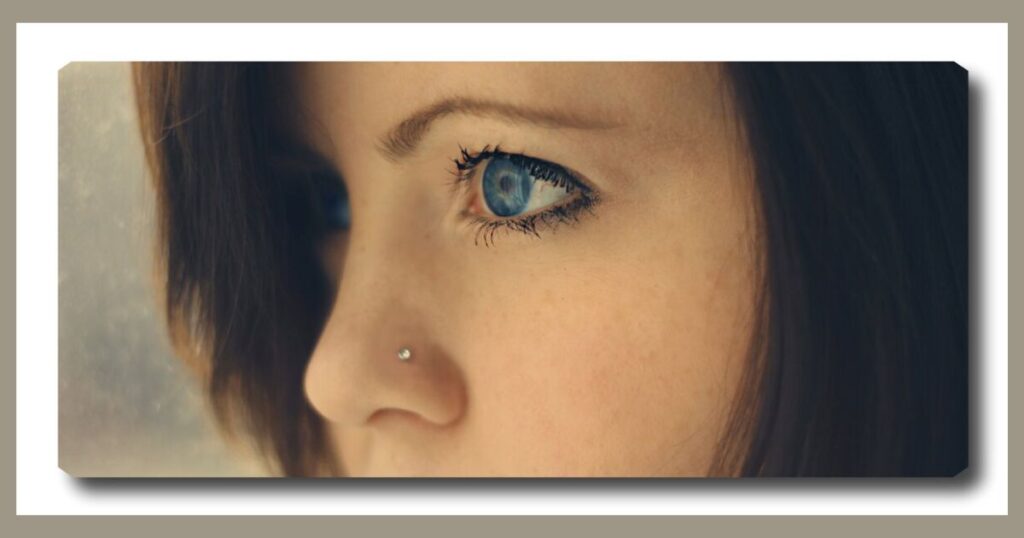
A nose piercing can carry various symbolic meanings:
In Indian culture, a nose ring is traditionally worn by married Hindu women as a symbol of matrimony. Some also view it as a way to enhance inner beauty. In the Middle East, it’s sometimes seen as a symbol of wealth and nobility when worn in the left nostril. In American culture, it gained popularity in the 1970s punk era as a symbol of rebellion. Today, it’s often viewed as a bold fashion statement of individuality. Ultimately, nose piercings allow personal self-expression. But their symbolism can influence how professional they are perceived.
Breaking Stereotypes
Nose piercings have long carried a stigma of being linked to counterculture movements and nonconformity. But attitudes are gradually shifting. With the rise of body modification, many view them today as an acceptable form of personal style. A small stud or hoop is increasingly seen as a subtle way to express individuality, not a mark of rebellion.
As societal norms and work cultures evolve to celebrate diversity, nose piercings are becoming more mainstream. A piercing alone does not undermine one’s qualifications or character.
Do nose piercings look unprofessional?
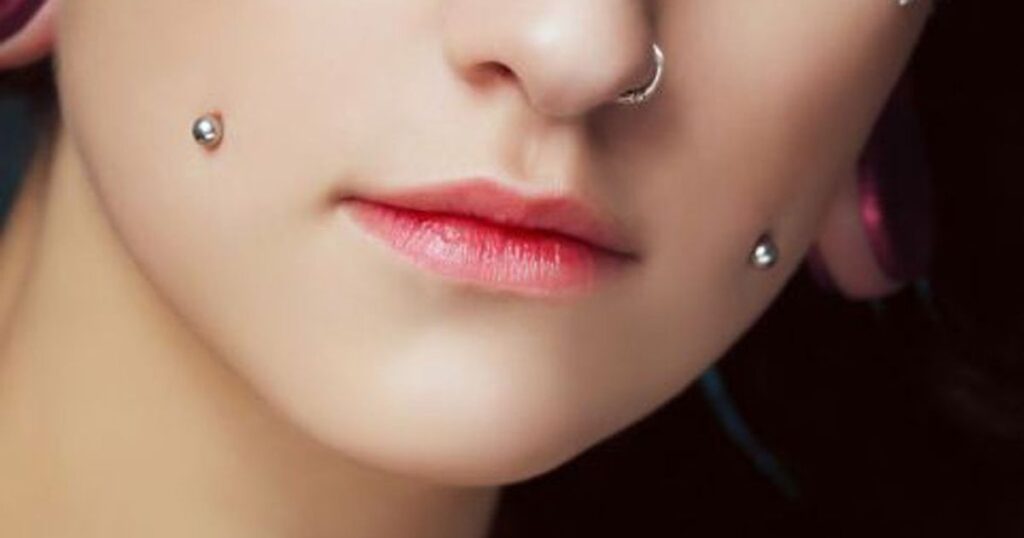
Traditionally, nose piercings have been considered unprofessional in formal workplace environments. Reasons include:
- Viewed as distracting and inappropriate for customer-facing roles
- Associated with radical self-expression at odds with conformity
- Regulations prohibiting facial piercings in certain professions
- Preference for conservative, mainstream standards of appearance
However, attitudes are changing as the workforce and work styles diversify. Small studs or hoops are increasingly acceptable at many jobs. Overall neatness and competence matter more than adhering to rigid appearance norms for some employers.
Which workplaces/professions accept nose piercings?
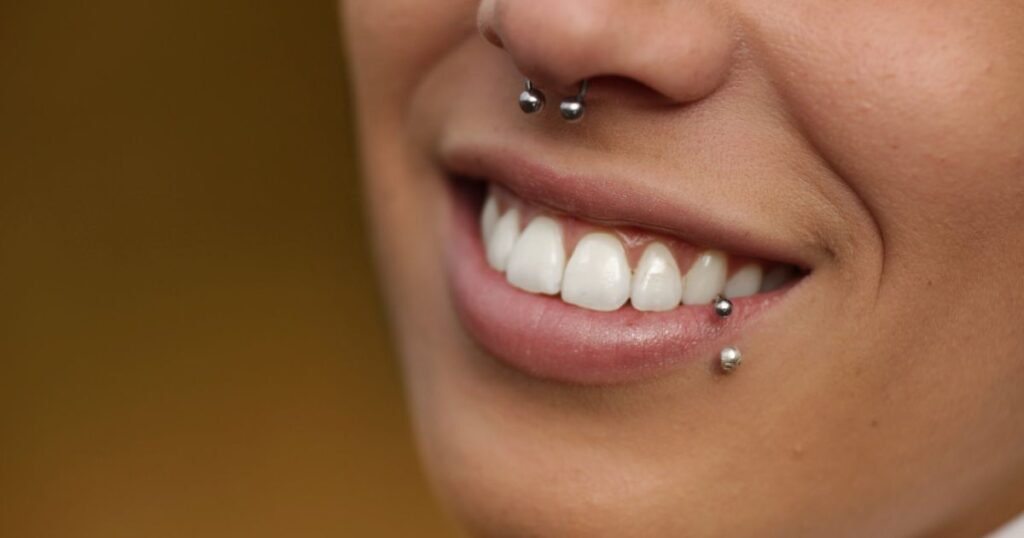
Here are some career fields where nose piercings are generally accepted:
- Arts/design/media industries that encourage self-expression
- Startups and tech companies with casual cultures
- Retail settings with flexible appearance standards
- Food service at restaurants with younger staff
- Fitness industry and yoga/dance studios
- Salons, tattoo parlors, or piercing shops
- Universities and academic settings
- Many corporate offices, depending on role expectations
More conservative fields like law, finance, healthcare, and K-12 education still widely discourage facial piercings. Always check your workplace policies.
Are piercings seen as a way of self-expression?
Yes, piercings are commonly viewed as a form of personal self-expression and identity:
- Allows boldly expressing individuality or style
- Seen as a sign of free-thinking and openness
- Can represent ideologies like gender equality or LGBTQ pride
- An act of taking control over one’s own body
- Playing with aesthetics and fashion as artistic expression
- Showing affiliation with certain subcultures and movements
So piercings can indicate core values and signal supporting progressive social change for some wearers.
Which piercings are more acceptable?

Small, subtle nose studs tend to be more professionally acceptable than hoops or rings. Other factors that influence perceptions:
Size: Small studs under 3-4 mm are best for professional settings
Quantity: One piercing versus multiple
Placement: Nostril versus septum piercings
Color: Neutral tones rather than bright hues
Earlobe, helix, and tragus piercings are also generally seen as more professional than oral or facial piercings. Understand workplace policies and cultural norms.
How can I hide my piercing?

If needed, you can temporarily conceal a nose piercing in professional settings by:
- Using a retainer – clear plastic stud that blends in
- Wearing a band-aid over the piercing
- Matching a stud to your skin tone for subtlety
- Placing a piece of tape over the stud
- Using magnet earrings that mimic the look of a stud
This allows flexibly hiding piercings when appropriate.
Nose piercing retainer
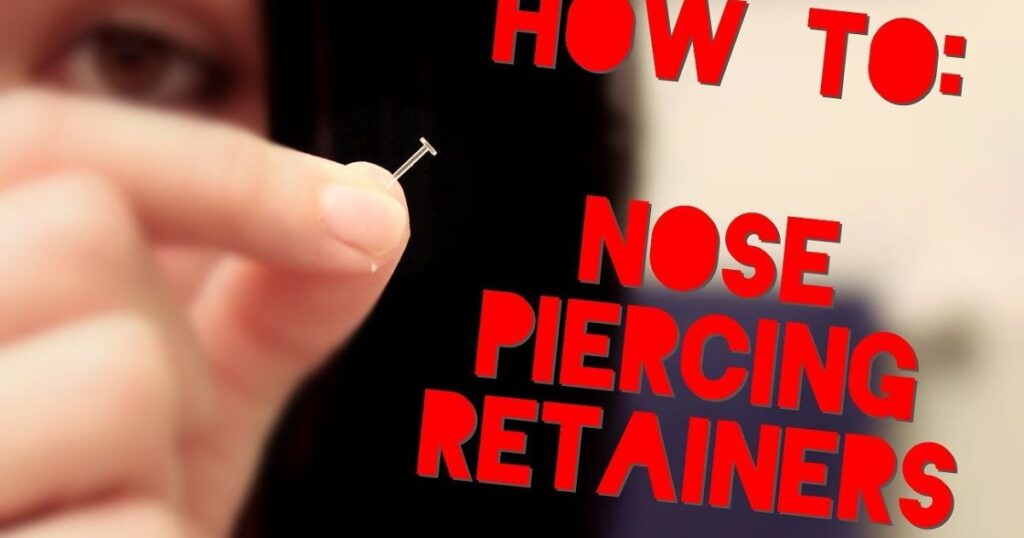
A clear nose piercing retainer is a popular option for discreetly covering a nose piercing in professional environments. Benefits include:
- Nearly invisible – Made of clear plastic rather than metal
- Stays in place securely like a normal stud
- Allows the piercing hole to remain open
- Can be worn comfortably for long periods
- Easy to insert and remove
- Very affordable option for hiding piercings
Retainers conveniently allow you to conceal facial piercings while healing or in work settings temporarily.
Is it OK to wear a nose ring to an interview?
It’s generally best to avoid wearing a nose ring to a job interview if you can. Reasons include:
- Can be distracting during first impressions
- Risks conservative employers viewing it unprofessionally
- Easier to showcase qualifications without potential bias
- Time to display personal style comes after securing job
However, at more progressive companies it may be acceptable if that aligns with the work culture. Use best judgment based on the role and employer norms.
FAQ’s
Are nose piercings allowed in most workplaces?
It depends on the workplace. More traditional or corporate jobs tend to discourage nose piercings, while creative fields accept them more readily. Small studs are viewed as more professional than rings or hoops in most settings. Checking your employer’s dress code is advised.
Do nose piercings affect being taken seriously?
Potentially yes, in more formal or conservative professional environments. Nose studs may be seen as distracting or counter-culture by some employers, undermining authority and expertise. However, attitudes are gradually changing toward greater acceptance as cultural norms shift.
What piercing is most professional for women?
Small nose studs, earlobe piercings, and helix piercings tend to be viewed as most professional for women in the workplace. More overt facial or oral piercings are still widely seen as unprofessional. Conservative single earlobe piercings are a universally safe option.
Should I remove my nose piercing for interviews?
It’s generally advisable to remove nose piercings for job interviews to avoid any risk of bias. Unless you know the workplace culture embraces individual style, conceal piercings until hired. Prove your qualifications unimpeded first, then comfortably express yourself on the job later.
How can I hide a nose piercing without removing it?
Options to conceal without removing a nose piercing include using a clear retainer, small band-aid or tape, skin-tone matching stud, or magnetic earring that resembles a stud. This allows the piercing to stay open while discreetly covering it when needed.
Conclusion
Attitudes toward nose piercings in professional settings are gradually shifting toward greater acceptance. But conservative environments still tend to discourage them. Small, subtle studs are viewed as more professional than rings or hoops. Consider cultural norms, employer policies, and role expectations when deciding if or how to wear a nose piercing at work. With the right strategy, you can stylishly express yourself while being thoughtful about perceptions.





